Review: Smart compromises make the Galaxy S21 a killer $800 smartphone
Everything you need, without the luxuries you don't.
It's easy to get drawn in by the allure of über-premium devices like the Galaxy S21 Ultra, but if there's anything Samsung learned from last fall's shockingly performant Galaxy S20 FE, it's that for many users, the best Android phone isn't necessarily the one with the highest price tag. That's especially true now, as thousands across the U.S. are struggling to make ends meet amidst a global pandemic; for those people, dropping four figures on a smartphone is hardly a top priority.
The Galaxy S21 feels like the right phone arriving at the right time. It's $200 cheaper than last year's S20 at launch, and with aggressive trade-in offers, it can be had for much less. While it makes a few concessions in order to reach that lower price, the S21 still offers a fully-fledged flagship experience that I think most people will be perfectly happy with — but make no mistake, this isn't just a smaller S21 Ultra by any means. And that's okay.
Samsung Galaxy S21
Bottom line: The Galaxy S21 delivers the flagship Samsung experience in a phone that's much more pocketable (and affordable) than the top-end S21 Ultra. You'll lose out on the Ultra's major camera improvements, as well its S Pen support, but this is still a great phone at the right price.
The Good
- Smaller, more comfortable size compared to the S21 Ultra
- Powerful Snapdragon 888 chipset with 5G support
- More affordable than last year's counterpart
- Flat 120Hz display looks great
- Android 11 with One UI 3.1
The Bad
- Cameras largely unchanged from last year
- Not everyone will love the plastic back
- Middling battery life
$800 at Samsung $800 at Amazon $800 at Best Buy
Samsung Galaxy S21 Price and availability
The Galaxy S21 launches on January 29, 2021, serving as the baseline model alongside the pricier S21+ and S21 Ultra. At launch, it's priced $200 cheaper than its predecessor, the Galaxy S20, at $799.99, and features the latest Snapdragon 888 chipset along with 128GB of storage and 8GB of RAM. Without the option for microSD expandability, buyers with more demanding storage needs may want to consider upgrading to the 256GB variant for an additional $50.
Samsung is offering numerous pre-order incentives, including a $100 Samsung credit and up to $700 of trade-in credit for your current phone, along with a free Galaxy SmartTag tracker. The Galaxy S21 is available in Phantom Gray in both storage configurations, and the 128GB model additionally comes in Phantom White, Phantom Violet, and Phantom Pink.
Samsung Galaxy S21 Hardware and design
Coming fresh off the heels of the Galaxy S21 Ultra review, the S21 is enormously relieving to use — mostly because it isn't enormous. Thanks to tight bezels and a smaller (though still relatively large) 6.2-inch display, the S21 is considerably smaller than its Ultra counterpart in every dimension, and thanks to its plastic body, it's nearly 60 grams lighter.
Before you get too scared off by the mention of plastic, the Galaxy S21 uses the same polycarbonate backing we saw on last year's S20 FE and Galaxy Note 20. It's a sturdy plastic that doesn't creak or give in when you apply pressure; while you certainly won't mistake it for glass, it doesn't feel cheap by any means and comes with the bonus advantage of being more durable in the event of a drop. I still love the feeling of glass in my hand, but it's hard to argue that Samsung would've been better off setting a higher price to swap the materials.
| Category | Galaxy S21 |
|---|---|
| Operating System | Android 11 + One UI 3.1 |
| Display | 6.2 inches, 2400x1080 (421 ppi) resolution, Dynamic AMOLED 2X |
| Processor | Qualcomm Snapdragon 888 |
| Memory | 128/256GB, 8GB RAM |
| Rear Camera | 12MP, ƒ/1.8, 1.8μm (wide) 12MP, ƒ/2.2, 1.22μm (ultra-wide) 64MP, ƒ/2.0, 0.8μm (3x telephoto) |
| Front Camera | 10MP, ƒ/2.2, 1.22μm |
| Battery | 4000mAh, 25W USB PD 3.0 (PPS), 15W Fast Wireless Charging 2.0 |
| Water Resistance | IP68 |
| Dimensions | 151.7 x 71.2 x 7.9mm, 171g |
| Colors | Phantom Gray, Phantom White, Phantom Violet, Phantom Pink |
Moreover, the metal rails lining the sides of the phone help maintain that "premium" feeling without the need for glass, and they transition seamlessly into the new Contour Cut Camera housing in the upper-left corner of the phone. Just as with the S21 Ultra, this new design gives the S21 a refreshingly distinctive new look, and I love the blush gold accent it adds to my Phantom Violet review unit.
Around the front of the phone, another major change you'll notice over last year's S20 is the S21's newly flattened display. Samsung treaded the waters of reintroducing flat displays to the Galaxy S series with the S20 FE last fall, and I'm glad this design decision made its way to the S21. Curved displays aren't just more expensive to produce; they're more fragile, and they introduce the possibility of accidental touches on the display — something I encountered frustratingly often on the Note 20 Ultra.
The Galaxy S21 also bears a lower resolution compared to the S20, measuring in at 1080p versus 1440 respectively. Running the S20 at its maximum 120Hz refresh rate forced the display down to 1080p, however, so many users upgrading from last year's model may not even notice the difference, but 60Hz users will see slightly reduced sharpness.
Still, the S20's display looks fantastic, with HDR10 support and enough brightness to be easily viewable outdoors (though it doesn't quite match the S21 Ultra's 1500 nits of peak brightness). 120Hz looks as smooth as ever, and the flat edges negate the image and color distortion that was present on the S20's curved glass.
Like with the Galaxy S21 Ultra, Samsung did away with microSD expandability on the S21, as well as MST support, which previously enabled mobile payments through Samsung Pay, even on older terminals that don't yet support NFC. These changes aren't particularly surprising, but they'll frustrate users who have seen these legacy features as advantages of the Samsung ecosystem up until now.
Of course, it's also worth mentioning that Samsung is no longer including a charging brick or wired headphones in the box with the S21 series. Save for the included USB C-to-C charging cable, you'll need to provide your own accessories for the Galaxy S21. If you don't already have the necessary peripherals, I'd recommend setting aside the $100 pre-order credit Samsung is offering towards a charger or even the Galaxy Buds Pro.
Samsung Galaxy S21 Software and performance
Samsung has been quietly refining its custom One UI experience in the last year, introducing One UI 3.0 as part of its Android 11 update rollout to existing devices through the fall and winter. With the Galaxy S21 series, the company edged ever so slightly forward to One UI 3.1, featuring plenty of gaussian blur, expanded volume controls, and categorized notifications.
Aside from the visual changes, you might not even notice a lot of what's new here, especially if you're coming from another recent Galaxy device. That actually speaks to how good of a job Samsung has done at keeping its phone up to date as of late; Android 11 has rolled out to nearly every Galaxy S, Note, and Z variant released in the last year.
5G and 120Hz take a considerable toll on the S21's battery life.
One of the changes that, at least as far as I've been able to tell remains exclusive to the S21 series, is the ability to finally change your news feed on the left of the home screen from Samsung Daily (now Samsung Free) to the Google Discover feed. It's a welcomed change, but while I appreciate Google Discover already knowing what kind of content I want to see, you should give Samsung Free a shot before dismissing it entirely. It isn't just a news feed; you can play instant games or even stream select TV channels for free.
Samsung mentioned during a check-in call that it sent reviewers both the baseline S21 and the top-end S21 Ultra so that we could see just how similar the everyday experience is between the two. They're both powered by the same Snapdragon 888 chipset, after all, and sure enough, I've found that performance has been similarly great on the S21, despite shipping with half the RAM of my upgraded S21 Ultra at just 8GB.
With that being said, it's worth mentioning that while I took the S21 out to grab photo samples, I ran into a brief period after launching the camera in which performance took an absolute nosedive. In the default auto shooting mode, the camera was lagging with every refresh, and even after exiting the camera software, the phone was slow and unresponsive until I rebooted.
This could have been an odd one-time fluke; I haven't been able to replicate the issue since, and the S21 has otherwise run flawlessly, but it's worth mentioning either way. Elsewhere, I haven't run into a situation where the 8GB of RAM have felt insufficient.
Battery life, on the other hand, has felt a bit lacking. After managing great battery life from even the Pixel 5, whose predecessors had notoriously terrible longevity, I thought it was safe to assume that battery anxiety was finally a thing of the past, but after spending the last week with the Galaxy S21, I'm not so sure anymore.
That's not to say its battery life is terrible, or even bad, but with my relatively typical use browsing emails and social media, taking photos, streaming music over Bluetooth, and reporting to work on Slack, it's the first phone in a long while that I've been able to drive into power-saving mode by 9 PM. That's after roughly 6 hours of screen-on time at 120Hz, and still well within what I would consider acceptable in 2021, but this certainly wouldn't be my first choice for a long day taking photos without a charger nearby.
Samsung Galaxy S21 Cameras
That's also partially because the cameras aren't a particularly large step up from last year's S20. In fact, on paper they're identical, matching in every aspect from resolution to aperture, focal length, and individual pixel size. That's not such a bad thing, since the Galaxy S20 took already great photos, but it isn't the sort of year-over-year improvement we saw with the S21 Ultra.
Still, the Snapdragon 888 chipset introduces a Triple ISP that allows for more advanced image processing, and that allowed Samsung to focus on improving the shooting experience more so than the photos themselves. The Galaxy S21 features less aggressive face smoothing compared to older Samsung devices, and the Single Take shooting mode has been improved to feature more types of capture at once.
As with the S20, photos taken on the S21 are generally great, with impressive dynamic range and vivid (if not overly so) colors, though in typical Samsung fashion, shots are often brightened to the point of overexposing in auto mode. I've been happy with a lot of the photos I've taken on the S21, though, and I especially enjoy the improvements to Space Zoom on the 3x telephoto lens.
With the S21, Samsung has made Space Zoom a bit easier to work with by allowing you to lock focus onto a particular subject when zoomed at up to 30x, using OIS to counteract any unavoidable shakiness and making it easier to take clear, clean shots at high zoom levels, even when shooting handheld. The feature isn't immediately obvious; you need to tap on the wide-angle preview to activate Zoom Lock, but it's enormously helpful and something I wish Samsung would've shipped with last year's models.
On the video side, you can capture all the way up to 8K video at 24 frames per second with the main sensor, though all other cameras are limited to 4K60, with the exception of the telephoto lens, which can "only" shoot at 4K30. Stabilization is impressive on each camera, thanks to Samsung's Super Steady mode, which now supports 60fps video, though I'd love the option to tone down the aggressive sharpening that happens at 4K.
As always, Samsung offers a myriad of handy manual controls for both photo and video capture in each format's Pro shooting mode, including adjustable shutter speed, exposure compensation, white balance, ISO, and manual focus.
Samsung Galaxy S21 The competition
If it weren't for the close proximity in release cycles, the Galaxy S21 almost feels like a direct sequel to the S20 FE, the latter of which kicked off Samsung's return to flat displays, plastic backings, and lower costs. We've seen the FE go on sale a number of times since its release just a few months ago, but at its base price of $700, it's only $100 cheaper than the Galaxy S21, and despite its larger display and battery, I'd still side with the S21, if only to get the newer Snapdragon 888 chipset and smaller, more attractive design.
The "affordable flagship" space has become increasingly competitive over the last year, though, and Samsung is far from the only player. The OnePlus 8T is another option worth considering, particularly if you prefer a more traditional Android software experience over that of Samsung's One UI interface. For less money, you'll get double the storage at 256GB, more RAM at 12GB, and comparable quad cameras — not to mention a 65W charger that comes in the box.
While Google may not have the same huge lead in imaging that it used to take for granted, the Pixel 5 is another great choice for $100 cheaper than the S21. The display isn't nearly as impressive, and the Pixel 5 forgoes telephotography entirely. But it still takes excellent photos, receives Android updates sooner than any other phone, and has much better battery life.
Samsung Galaxy S21 Should you buy it?
You should buy this if ...
You can take advantage of Samsung's trade-in offers.
The Galaxy S21 is already $200 more affordable than its predecessor, but that $800 price can drop down to as low as $100 if you turn in your current device in good condition. At that point, it becomes easy to justify, even if you're coming from last year's S20.
The Galaxy S21 Ultra is too big or too expensive for you.
Customers looking for the ultimate experience Samsung can offer should still opt for the Galaxy S21 Ultra over the baseline model, but that phone's size and weight can be a lot to handle. The S21 condenses the same overall experience down to a much more compact form factor.
You should not buy this if ...
You want the best cameras available.
While the Galaxy S21's Snapdragon 888 chipset improves image processing, the sensors themselves are identical to the ones found on the Galaxy S20. If you want to see truly massive improvements to your phone's optics, the Galaxy S21 Ultra is still the way to go.
The Galaxy S21 makes all the right compromises to reach a lower price point without impeding too much on the core flagship experience — but even the right compromises are still just that; compromises. The S21 is a great everyday phone for casual users who want a smooth Android experience with reasonably powerful cameras, but if you want to carry the absolute best of the best, you'll want to look elsewhere.
Ultimately, I want to see more phones like the S21 this year. Luxury flagships are great to see, and we'll undoubtedly see plenty more devices from Samsung in that category as the company teases new foldable designs, but the S21 takes a more practical route in nearly every aspect.
The polycarbonate body helps lower the price without making the phone feel cheap. The flat display does the same thing. The reduced RAM has little impact on overall performance, especially when paired with the Snapdragon 888. This is still by all means a premium phone, only without the premium price tag to match.
Samsung Galaxy S21
Bottom line: The Galaxy S21 delivers the flagship Samsung experience in a phone that's much more pocketable (and affordable) than the top-end S21 Ultra. You'll lose out on the Ultra's major camera improvements, as well its S Pen support, but this is still a great phone at the right price.
from Android Central - Android Forums, News, Reviews, Help and Android Wallpapers https://ift.tt/39nVpCJ
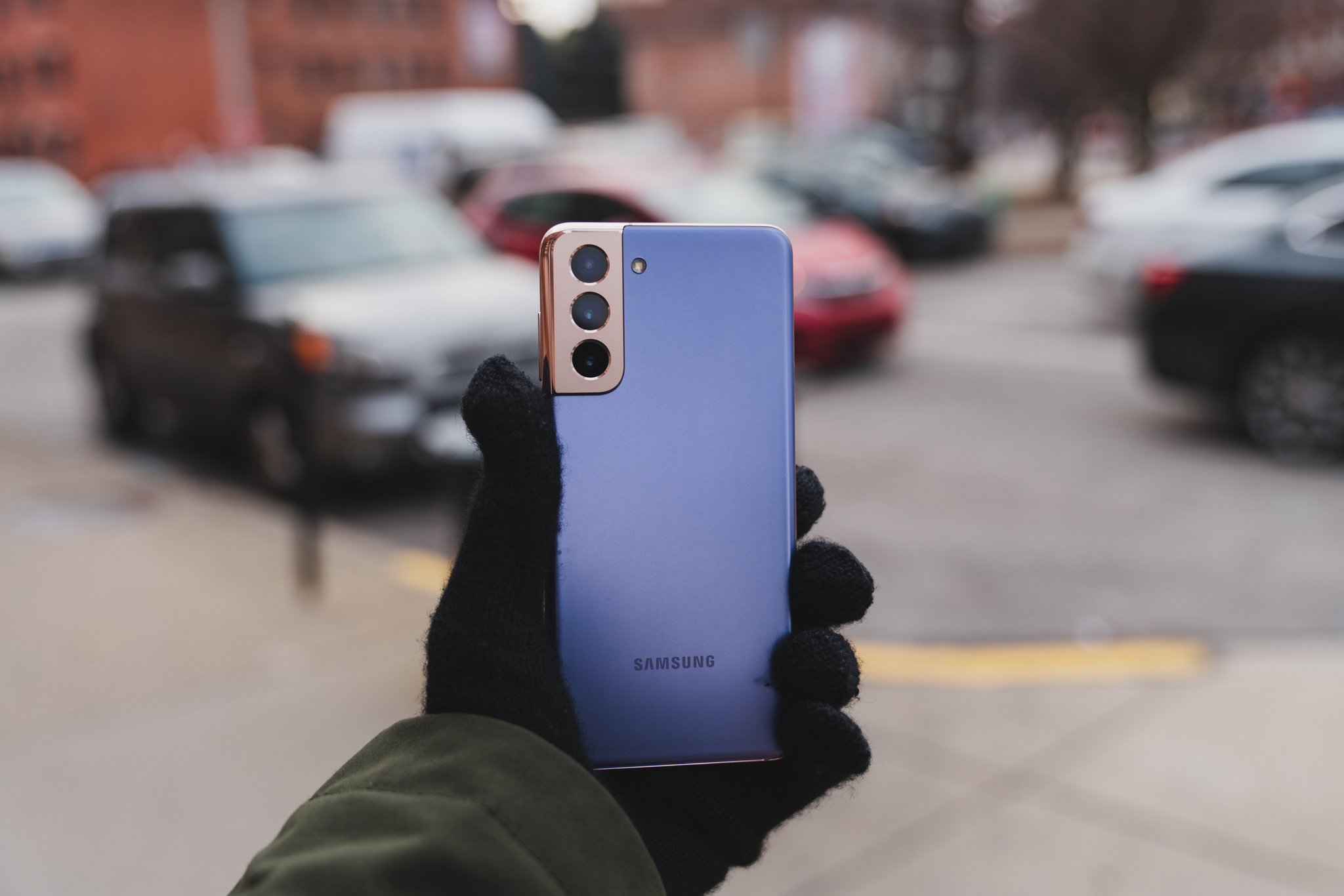
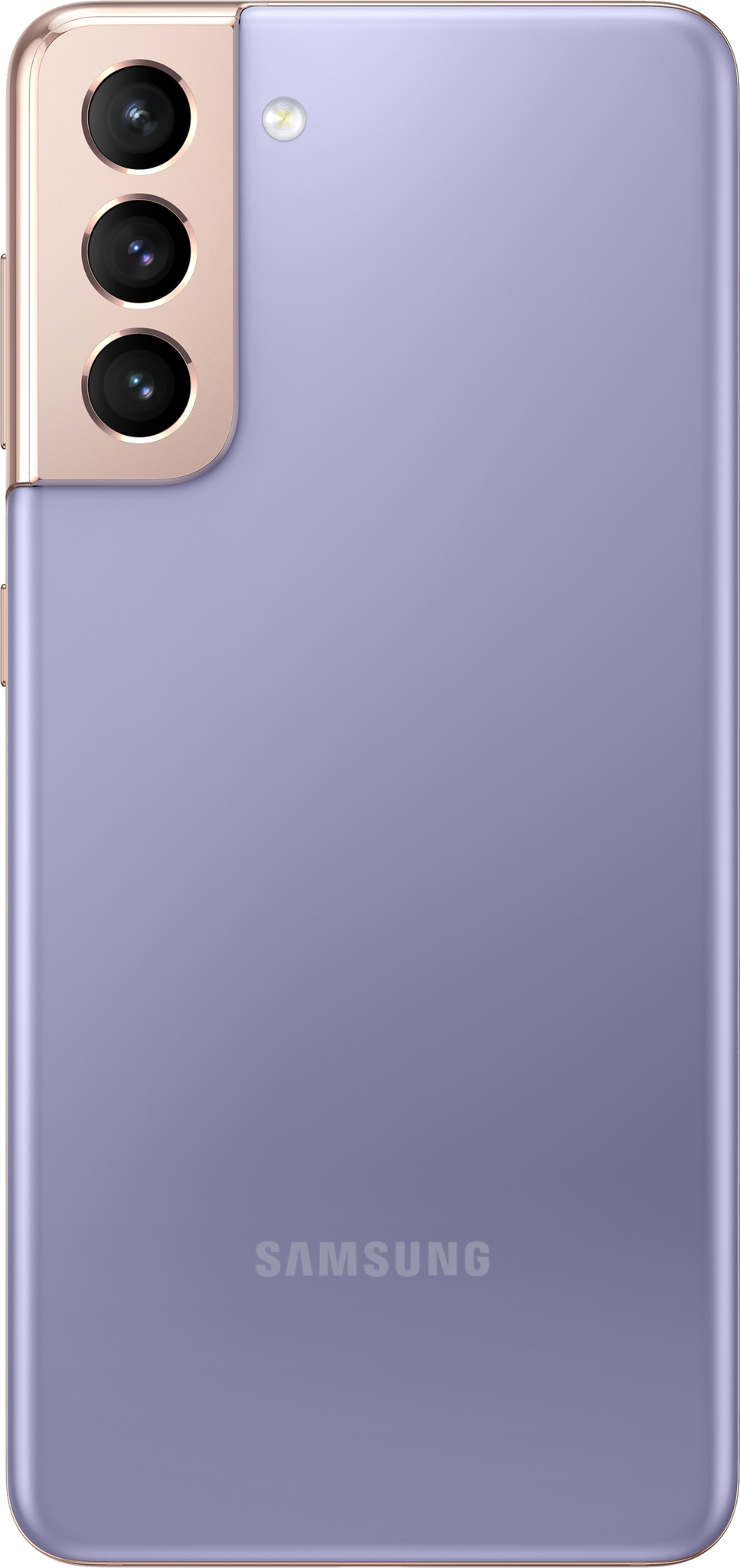
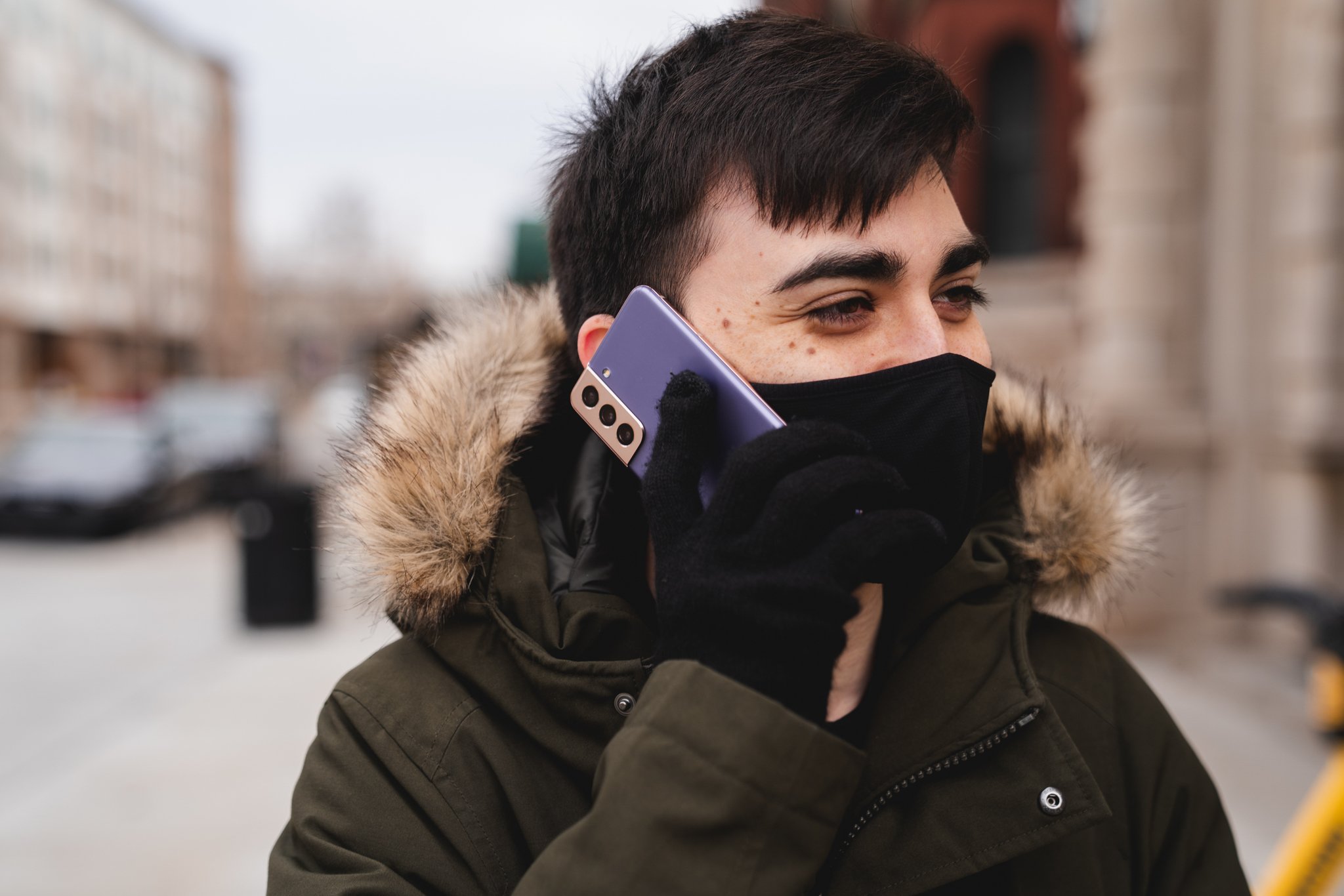

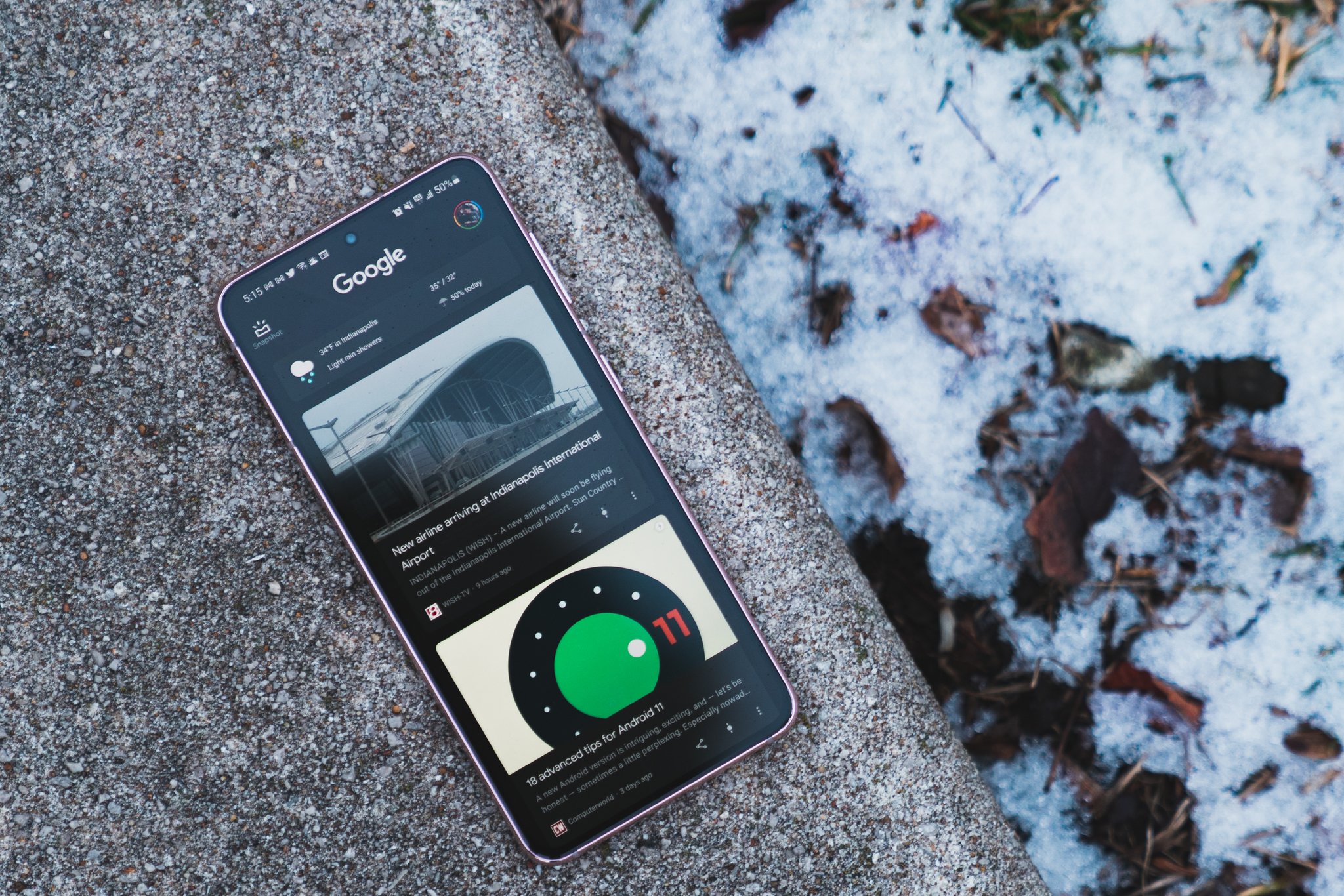
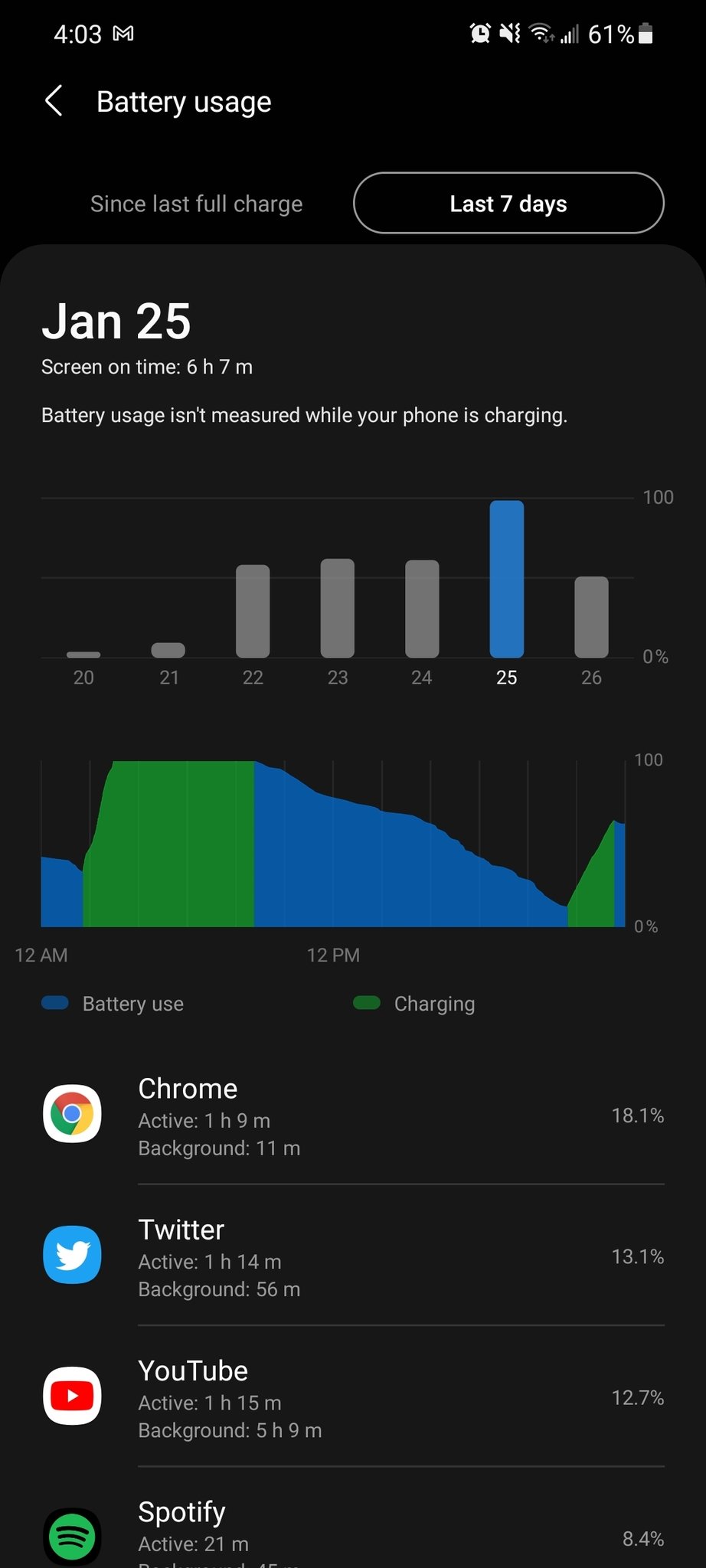
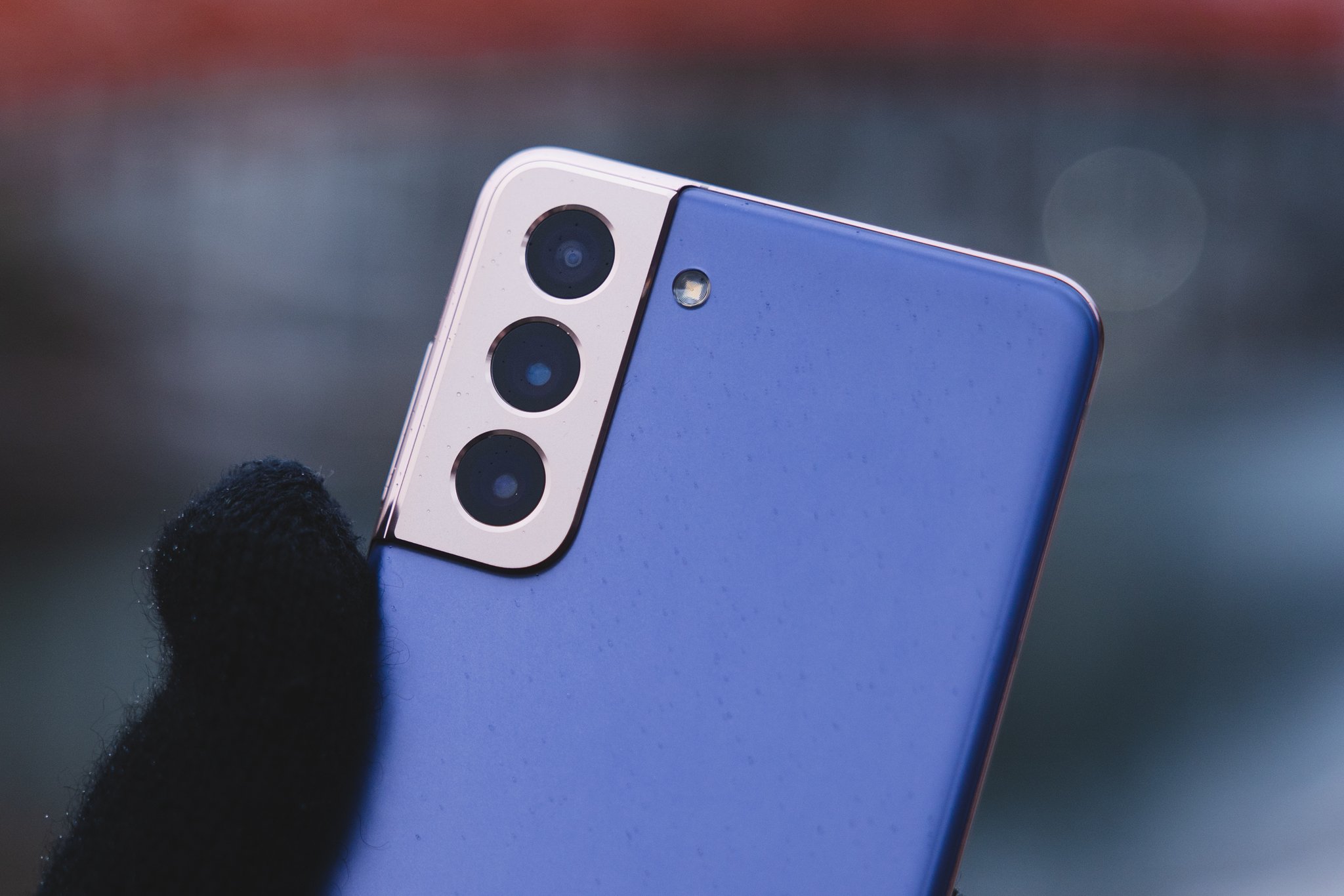










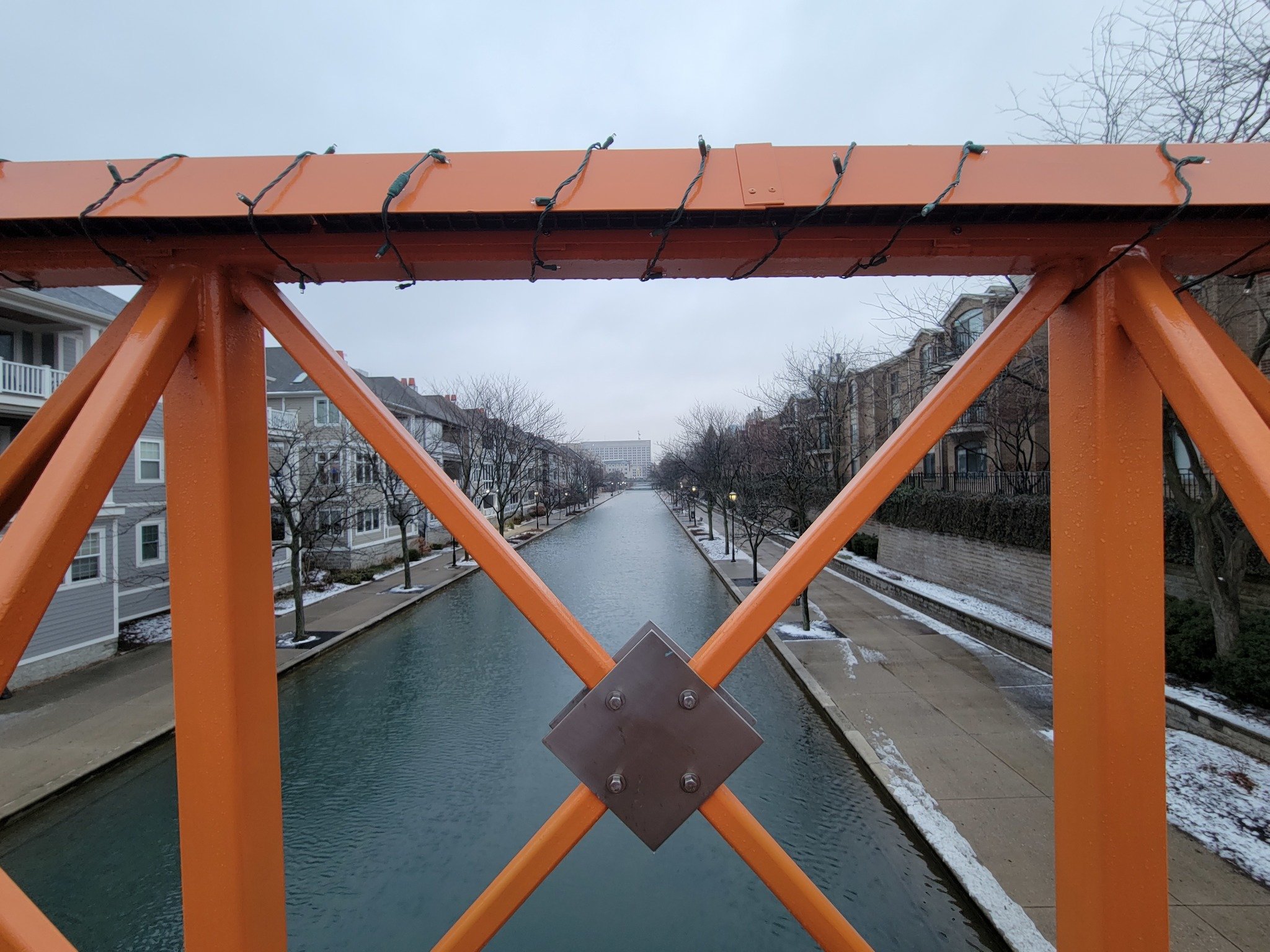



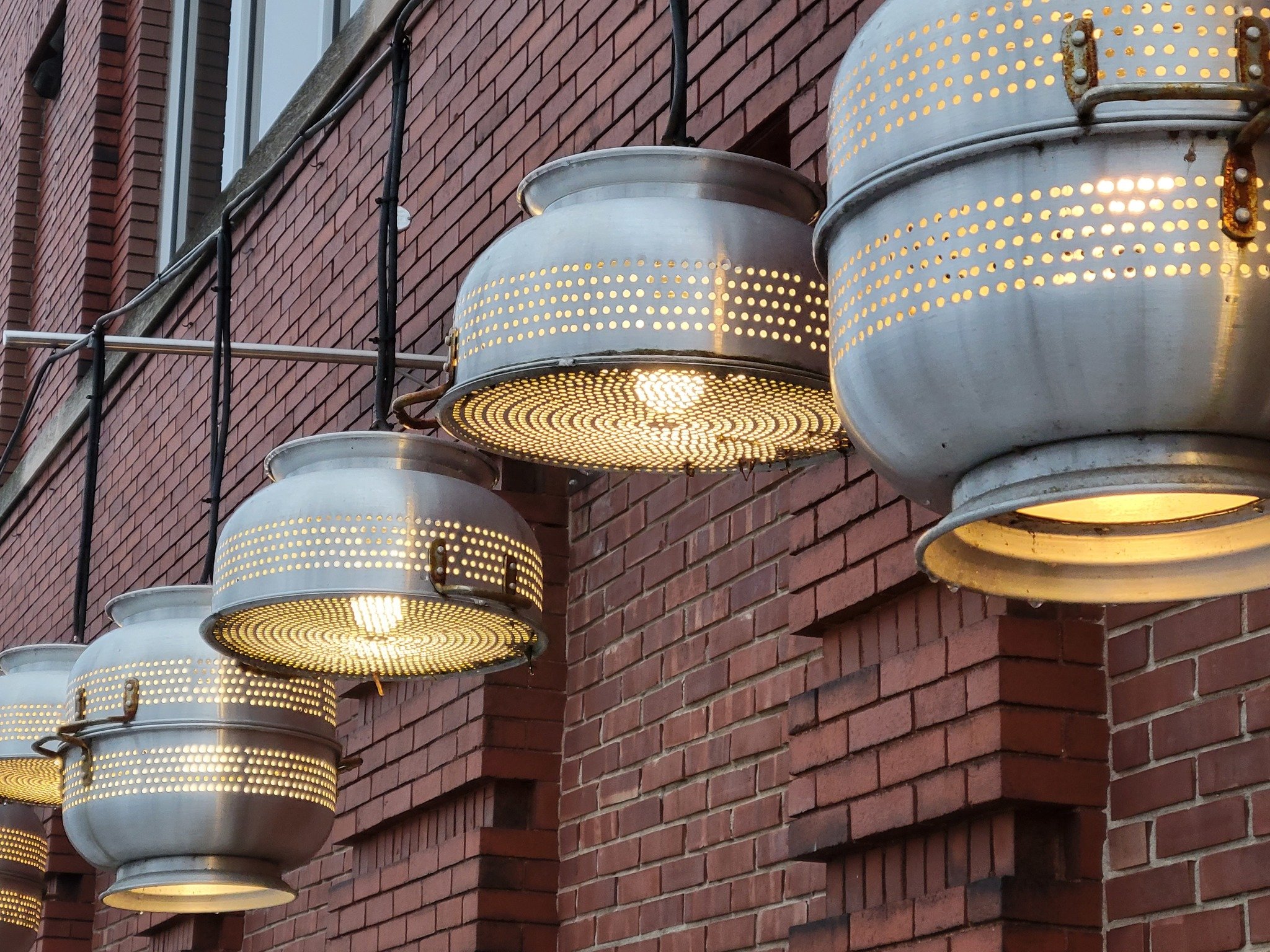



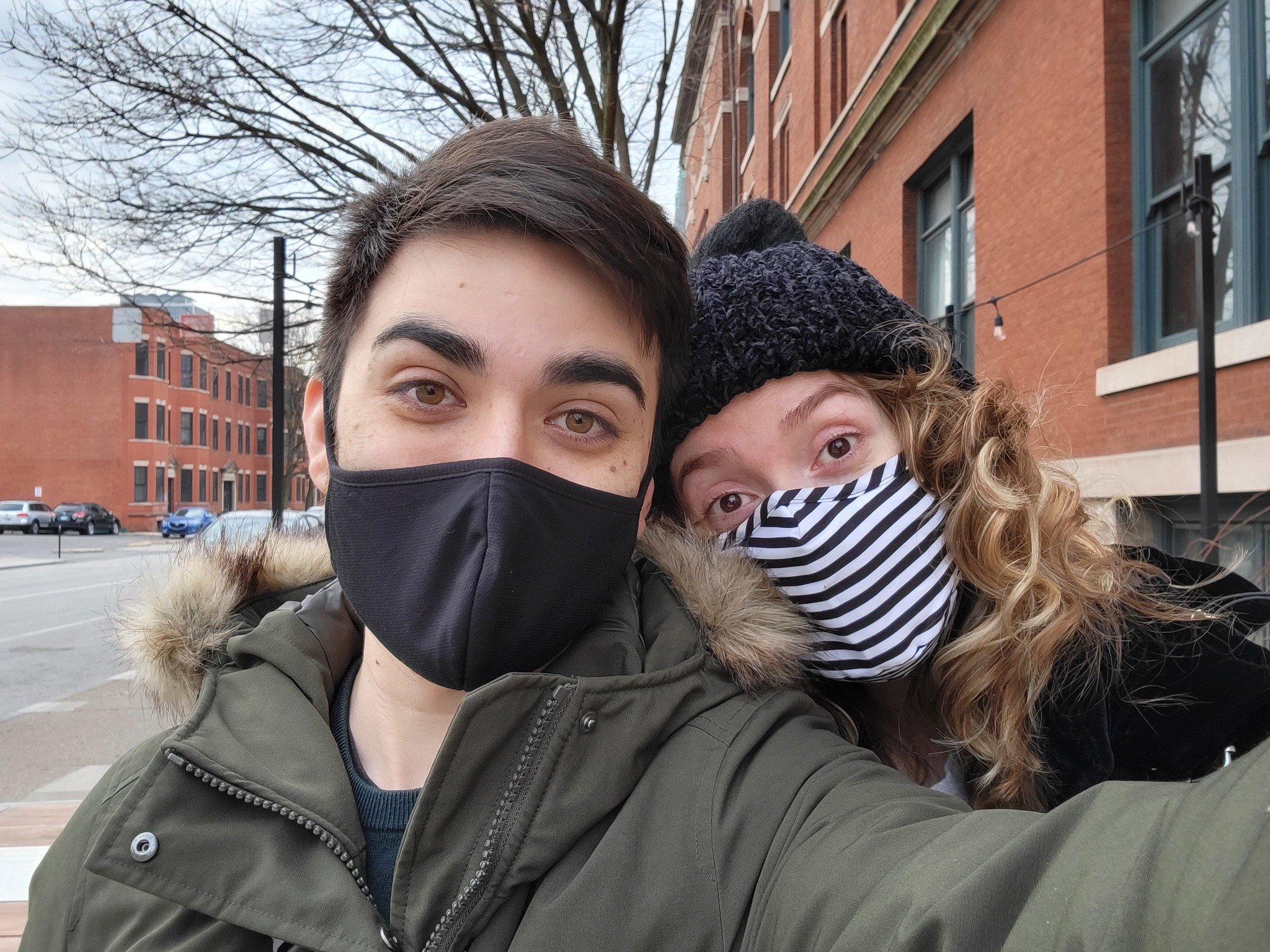




Post a Comment